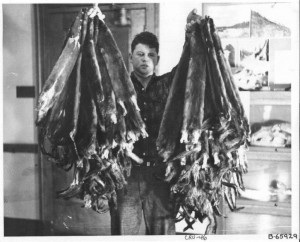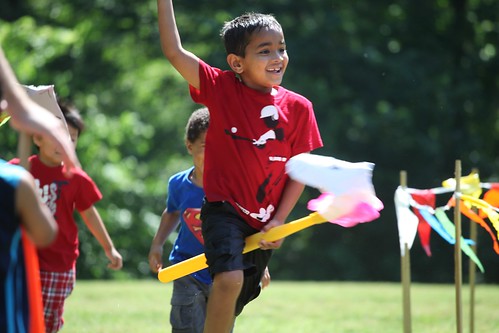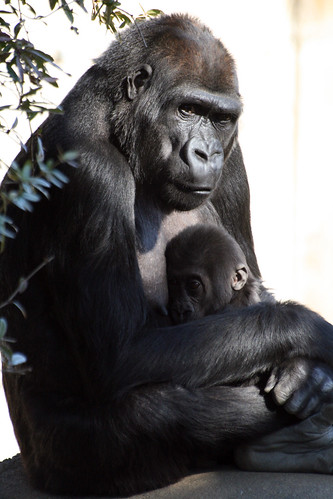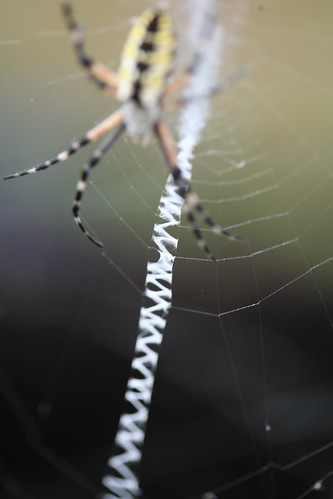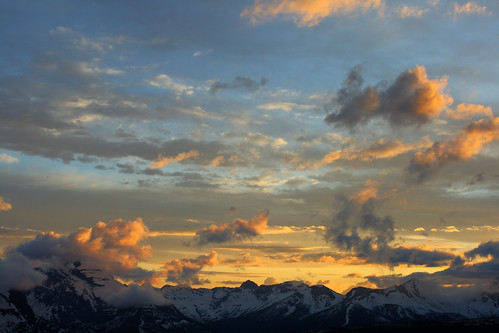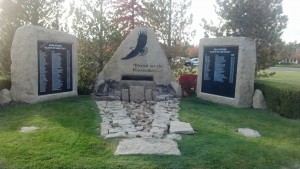
Idaho Peace Officers’ Memorial by Ryan Regis
The Idaho Peace Officers’ Memorial is a special place where friends, family, officers, and those who wish to pay their respects for the men and women who have given the ultimate sacrifice to help enforce and protect our freedoms that we have today. The memorial is found in Meridian, Idaho on the property of the Idaho State Police facility. The memorial is small in many elements but holds great volume in its message. I have found the appreciation for peace officers is low and almost non-existent in Idaho as well as most of the nation. I hope to change that and help others understand and know of the greatness and significance that it holds.
I chose this memorial site to be an important addition to Boise Wiki for a few reasons. As mentioned above, I think that the appreciation for law enforcement is almost non-existent in this state. New York holds great parades, ceremonies, and summer events for the family to help raise awareness to the men and women in blue. Here in Idaho, have see a memorial and have heard of a run or park event in Nampa annually. I have never actually seen the events or any advertisements to raise community interest. So I hope that my page will do just that.
I also hold a great passion in law enforcement and hope to continue my career after I have graduated. Most officers are seen as those bullies that pull you over or ticket you; not all officers are like that. Officers put their life on the line everyday and help to ensure that our rights are not oppressed or people are safe or being safe within any and almost all environments you can find yourself into. Regardless of the good or bad experiences that one has had with the law, is it really too much to ask for a little awareness about their job and what good they do for everyone?
With this start, this small blog and a few pictures of a memorial of the fallen I feel that it can become something big. I think that throughout the years, many people will start to understand and appreciate this work that comes with the badge. To see any addition for any source enhancing this page would really put a smile on my face. I welcome all to contribute to this page and add as much information as one possibly can. No matter how small the article or how small the picture, I really hope it helps everyone within the Boise community and those around to help increase this awareness and sell the compassion to those who appreciate warriors in their life.
Some advice that I will offer to those who want to be Boise Wiki contributors, I would say do your homework. Get involved with the project and don’t just visit a location you want to write about. I would suggest becoming a part of what you are writing about. Meet the people who run the location or contribute to the location itself. People are inspired by kind words and stories. It can be anything from a laundry mat to a memorial. Tell your story about how well the place is and the people that go there. When the public hears about the good environment, the good news will go viral and spread from one person to another uncontrollably, but it has to be believable. Any one can say that this memorial means a lot to some people and can be pretty in certain seasons, but more will be drawn to your location if you tell them the people you encountered, the history of the site, and the stories that were shared. Sell the story and don’t just show someone a place of interest, become involved and sell the site through stories. History is written by winners, those who are victorious with his or her involvement in a particular experience and its location. I challenge all contributors to write history about your own victory and the experiences that can come with it.
https://boise.localwiki.org/Idaho_Peace_Officers%27_Memorial
